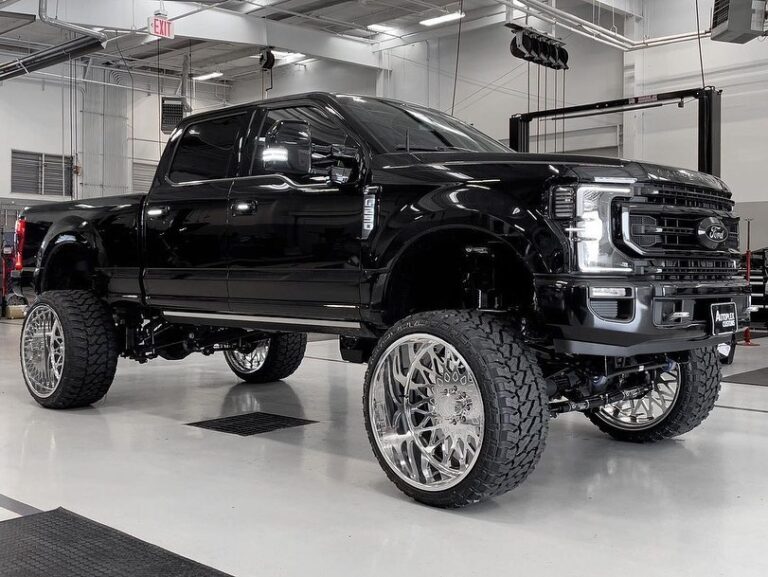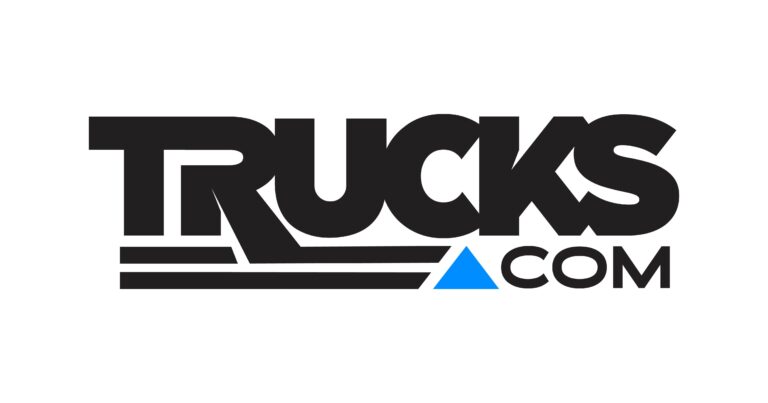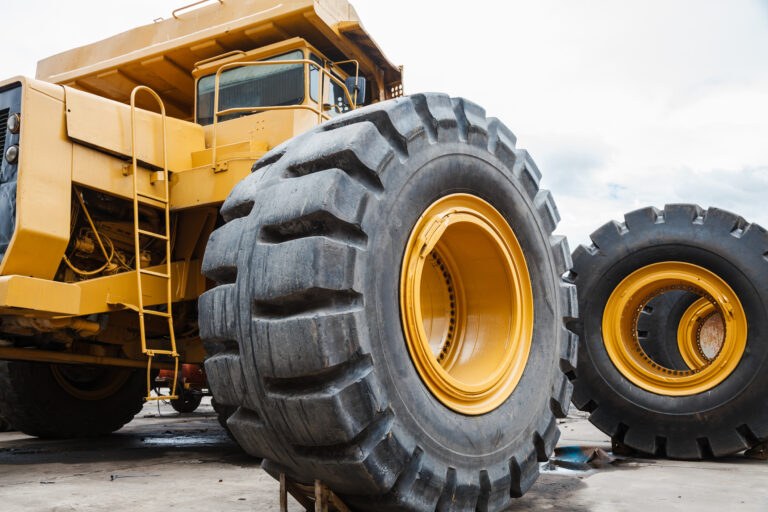Transfer Trucks For Sale In California: Your Comprehensive Guide to Hauling Success
Transfer Trucks For Sale In California: Your Comprehensive Guide to Hauling Success cars.truckstrend.com
California, a state synonymous with vast infrastructure projects, booming agriculture, and a robust construction industry, relies heavily on efficient transportation of bulk materials. At the heart of this logistical dance are transfer trucks, specialized heavy-duty vehicles designed to maximize payload and streamline the hauling of aggregates, dirt, sand, asphalt, waste, and agricultural products. For businesses and independent operators looking to optimize their hauling capabilities, understanding the market for transfer trucks for sale in California is not just an advantage—it’s a necessity. This comprehensive guide will navigate the intricacies of purchasing these essential workhorses, from defining their unique benefits to deciphering the crucial regulatory landscape of the Golden State.
Understanding Transfer Trucks: What Are They and Why California?
Transfer Trucks For Sale In California: Your Comprehensive Guide to Hauling Success
A transfer truck, often referred to as a "transfer dump," is a specialized combination vehicle consisting of a power unit (the truck or tractor) and two separate trailer units: a main dump body (often mounted on the truck chassis or as a semi-trailer) and a smaller, independent "pup" trailer. The key innovation lies in the ability to transfer material from the pup trailer into the main dump body, allowing for a consolidated discharge at the destination. This is typically achieved through a hydraulic ram system that pushes the pup box forward or by a walking floor/live bottom system.
The design of transfer trucks offers several distinct advantages over traditional dump trucks or standard truck-and-trailer setups:
- Increased Payload: By distributing weight over more axles, transfer trucks can legally carry significantly more material than a single dump truck, especially under California’s specific bridge formula laws, which allow for higher gross vehicle weights (GVW) on longer wheelbase configurations.
- Enhanced Efficiency: More payload per trip translates directly to fewer trips, saving fuel, labor costs, and wear and tear on equipment.
- Versatility: While primarily used for aggregates and construction materials, their design makes them adaptable for various bulk hauling needs, including waste, recyclables, and agricultural commodities.
- Maneuverability: Unlike some other high-capacity configurations (like double trailers), the pup trailer can be easily disconnected, allowing the main truck to operate independently in tighter spaces or on job sites with limited access.

California’s unique economic and environmental landscape makes transfer trucks particularly relevant:
- Infrastructure Boom: Ongoing projects like high-speed rail, highway expansions, and housing developments create a constant demand for material transport.
- Diverse Industries: From the Central Valley’s agricultural output to urban waste management and coastal construction, bulk hauling is a fundamental requirement.
- Strict Regulations: California’s pioneering role in environmental protection, particularly through the California Air Resources Board (CARB), heavily influences the types of trucks that can legally operate in the state, making vehicle compliance a paramount concern for buyers.

Types of Transfer Trucks and Their Applications in California
While the core concept remains the same, transfer trucks come in various configurations tailored to specific hauling needs:

Standard Transfer Dumps: This is the most common type, featuring a conventional dump box on the main truck and a separate dump box on the pup trailer. Material is typically transferred by a hydraulic ram pushing the pup box forward into the main box.
- Applications: Ideal for hauling sand, gravel, asphalt, dirt, and demolition debris for construction projects, road building, and landscaping.
-
Live Bottom Transfer Trucks: Instead of tilting, these trucks feature a conveyor belt system (often chain and slat or rubber belt) along the bottom of both the main and pup trailers. Material is discharged smoothly and controlled, making them safer for certain materials (e.g., hot asphalt, wet concrete) and suitable for spreading applications.
- Applications: Preferred for asphalt paving, certain agricultural products (grains, feed), and materials that need precise, even spreading without the risk of tipping over on uneven terrain.
-
Specialized Transfer Setups:
- Rock Haulers: Built with heavier gauge steel and reinforced frames to withstand the impact of large rocks and demolition materials.
- Waste Haulers: Designed with sealed gates and often compaction capabilities for municipal solid waste and recyclables.
- Agricultural Haulers: Often feature specific liners or aeration systems for crops, feed, or fertilizers.
The choice of transfer truck type largely depends on the primary materials to be hauled, the nature of the job sites, and the specific operational requirements within California.
Key Considerations When Buying a Transfer Truck in California
Purchasing a transfer truck in California requires careful consideration beyond just the initial price tag. The state’s stringent regulations and the demanding nature of the work necessitate a thorough evaluation.
-
CARB Compliance: The Golden Rule: This cannot be overstated. The California Air Resources Board (CARB) has some of the strictest emissions regulations in the nation.
- Engine Model Year: Generally, trucks operating in California must have engines manufactured in 2010 or later, equipped with Diesel Particulate Filters (DPF) and often Selective Catalytic Reduction (SCR) systems.
- Clean Truck Check Program: Starting in 2023, California implemented the Clean Truck Check (formerly HD I/M) program, requiring heavy-duty diesel trucks to undergo periodic emissions testing. Non-compliant trucks will face significant fines and operational restrictions.
- Verification: Always obtain the VIN and engine serial number to verify the truck’s compliance status directly with CARB or through a reputable dealer familiar with California regulations. Buying a non-compliant truck, even at a bargain price, can lead to substantial costs for upgrades or render the truck unusable in the state.
-
Payload Capacity & Axle Configuration:
- Understand the legal weight limits (GVW) and bridge formulas in California. Transfer trucks are designed to maximize these, but verify the specific truck’s capabilities against your typical load requirements.
- Consider the number of axles (tri-axle, quad-axle, etc.) on both the truck and pup trailer, as this directly impacts legal payload and stability.
-
Engine & Transmission:
- For heavy hauling, a powerful and reliable engine (e.g., Cummins, Detroit Diesel, PACCAR, Volvo) is crucial.
- Consider fuel efficiency, especially with rising fuel costs.
- Automatic transmissions are becoming more popular for ease of operation and driver comfort, but manual transmissions offer more control for some operators.
-
Condition: New vs. Used:
- New Trucks: Offer the latest technology, full warranties, and guaranteed CARB compliance. Higher upfront cost but lower immediate maintenance concerns.
- Used Trucks: More budget-friendly, but require rigorous inspection.
- Maintenance Records: Demand comprehensive service history.
- Pre-Purchase Inspection: Absolutely critical. Hire an independent heavy-duty truck mechanic to perform a thorough inspection of the engine, transmission, chassis, suspension, brakes, hydraulic system, and the dump bodies. Check for rust, frame cracks, and signs of accident damage.
- CARB Verification: Reiterate this point – it’s the most common pitfall for used truck buyers in CA.
-
Features & Technology:
- Automatic Tarps: Essential for safety and compliance (preventing spillage).
- Onboard Scales: Help prevent overloading and maximize legal payload.
- Telematics Systems: For fleet management, GPS tracking, and diagnostics.
- Safety Features: ABS, stability control, advanced braking systems.
-
Financing & Insurance:
- Heavy-duty commercial trucks require specialized financing options. Work with lenders experienced in commercial vehicle loans.
- Commercial truck insurance is mandatory and can be substantial. Get quotes early in your buying process.
Where to Find Transfer Trucks for Sale in California
The market for transfer trucks in California is robust, offering several avenues for potential buyers:
-
Authorized Dealerships (New & Used):
- Major truck manufacturers (Kenworth, Peterbilt, Freightliner, Volvo, Mack) have extensive dealership networks across California.
- They offer new trucks, certified used trucks, financing, and service packages. Dealers are often the best source for CARB-compliant vehicles and can guide you through the regulatory maze.
-
Independent Heavy Truck Dealers:
- Numerous independent dealerships specialize in used commercial trucks. They often have a wider variety of makes and models.
- Exercise caution and due diligence, especially regarding CARB compliance, as their inventory might come from out-of-state.
-
Online Marketplaces:
- TruckPaper.com, CommercialTruckTrader.com, MyLittleSalesman.com: These are leading online platforms dedicated to heavy-duty trucks and equipment. You can filter by location (California), type, make, model, and year.
- eBay Motors, Craigslist: While potentially offering lower prices, these platforms carry higher risks. Be extremely wary of scams and always inspect the vehicle in person before any transaction.
-
Auctions:
- Ritchie Bros. Auctioneers, IronPlanet: Global auctioneers often have large sales in California featuring a wide range of heavy equipment, including transfer trucks. Auctions can offer good deals but require quick decision-making and often "as-is" purchases.
- Local Auctions: Smaller, regional auctions may also list trucks.
-
Private Sellers:
- Sometimes, individual owner-operators or smaller companies sell their equipment directly. This can be found through word-of-mouth, "for sale" signs, or local classifieds. Private sales can offer lower prices due to no dealer markup, but demand even greater scrutiny regarding vehicle condition and paperwork.
The Buying Process: A Step-by-Step Guide
Once you’ve identified potential candidates, follow a structured process to ensure a smart and secure purchase:
-
Define Your Needs and Budget: Before you start looking, clearly outline the types of materials you’ll haul, typical routes, required payload, and your financial limits. Factor in not just the purchase price but also financing costs, insurance, maintenance, and potential CARB upgrades.
-
Research and Identify Prospects: Use online resources and dealership visits to compile a shortlist of trucks that meet your initial criteria. Pay close attention to advertised year, mileage, and stated CARB compliance.
-
Thorough Inspection (Pre-Purchase Inspection – PPI): This is the single most important step for a used truck.
- Visually inspect the entire truck and pup trailer: frame, suspension, tires, brakes, dump bodies (for dents, cracks, rust), hydraulic systems (cylinders, hoses for leaks), electrical systems (lights, wiring).
- Check the engine for leaks, unusual noises, and proper operation.
- Examine the interior for wear and tear, and ensure all gauges and controls work.
- Crucially, hire a certified heavy-duty mechanic specializing in commercial trucks to perform a comprehensive PPI. They will identify issues you might miss and provide an objective assessment of the vehicle’s health.
-
Verify CARB Compliance: Get the VIN and engine serial number. Use CARB’s public verification tools or consult with a CARB expert. Ensure all required DPFs, SCR systems, and other emissions equipment are present and functioning. Request maintenance records specifically for emissions systems.
-
Test Drive: Drive the truck both empty and, if possible, with a load. Pay attention to how it handles, shifts, brakes, and if there are any warning lights or unusual noises. Test the dump mechanism and the transfer function.
-
Negotiation: Be prepared to negotiate on price, especially for used trucks. Use any identified issues from the inspection as leverage. Understand the market value for similar trucks.
-
Financing & Insurance: Secure your financing well in advance. Obtain insurance quotes to ensure you can afford the ongoing operational costs.
-
Paperwork & Transfer of Ownership:
- Ensure all titles, registrations, and bills of sale are properly completed and signed.
- Verify VINs match all documents.
- Understand California’s specific DMV requirements for commercial vehicle registration and transfer.
-
Post-Purchase Considerations: Schedule immediate preventative maintenance (oil change, fluid checks) and consider driver training if the vehicle operates differently from previous equipment.
Transfer Truck Price Table (Estimated Ranges for California Market)
It’s important to note that prices for transfer trucks in California can vary wildly based on make, model, year, mileage, engine hours, overall condition, specific features, and crucially, CARB compliance status. The following table provides estimated price ranges and should be used as a general guide.
| Truck Type / Condition | Year Range (Used) | Estimated Price Range (USD) | Key Factors Affecting Price |
|---|---|---|---|
| New Standard Transfer | 2024-2025 | $220,000 – $350,000+ | Custom specs, engine size, transmission, premium features, warranty. |
| Used Standard Transfer | 2018-2023 | $120,000 – $220,000 | Low mileage, excellent condition, full CARB compliance, recent DPF service. |
| Used Standard Transfer | 2014-2017 | $70,000 – $140,000 | Moderate mileage, good condition, confirmed CARB compliance, maintenance history. |
| Used Standard Transfer | 2010-2013 | $40,000 – $90,000 | Higher mileage, fair to good condition, CARB compliance is critical and affects price. |
| New Live Bottom Transfer | 2024-2025 | $250,000 – $400,000+ | Conveyor system type, capacity, specific industry features. |
| Used Live Bottom Transfer | 2015-2023 | $130,000 – $250,000 | Conveyor condition, overall wear, CARB compliance. |
| "As-Is" Non-Compliant | Pre-2010 | $15,000 – $40,000 | Not legal for most CA operations without significant, costly upgrades. Primarily for parts or out-of-state use. |
Disclaimer: These are approximate ranges. Actual prices will vary significantly based on the specific truck’s specifications, market demand, seller, and its verified CARB compliance status. Always conduct thorough research and inspection before making a purchase decision.
Frequently Asked Questions (FAQ) about Transfer Trucks in California
Q1: What is the primary advantage of a transfer truck over a standard dump truck?
A1: The main advantage is significantly increased legal payload capacity. By distributing weight over more axles (truck and pup trailer), transfer trucks can carry more material per trip under California’s bridge formula laws, leading to greater efficiency and fewer trips.
Q2: How do CARB regulations affect buying a used transfer truck in California?
A2: CARB regulations are paramount. Trucks operating in California generally must have 2010 or newer model year engines equipped with compliant emissions systems (DPF, SCR). Failure to comply can result in substantial fines, operational restrictions, or the inability to register the truck in California. Always verify a truck’s CARB compliance status before purchase.
Q3: Can I operate a non-CARB compliant truck in California if I bought it elsewhere?
A3: Generally, no. Regardless of where it was purchased, any heavy-duty diesel truck operating in California must meet CARB’s emissions requirements. There are very limited exemptions, and most older, non-compliant trucks cannot legally operate in the state for commercial purposes.
Q4: What’s the typical lifespan of a well-maintained transfer truck?
A4: With proper maintenance, a transfer truck can have a lifespan of 15-20 years or more, often accumulating over a million miles. The engine and drivetrain are designed for durability, but the dump bodies and hydraulic systems require regular attention due to the demanding nature of the work.
Q5: What materials are most commonly hauled by transfer trucks in California?
A5: Transfer trucks are workhorses for bulk materials. Common materials include aggregates (sand, gravel, crushed rock), asphalt, dirt, demolition debris, construction waste, agricultural products (grains, feed), and municipal solid waste/recyclables.
Q6: Is financing difficult for these types of trucks?
A6: Financing commercial heavy-duty trucks like transfer trucks requires specialized lenders who understand the industry. While it’s different from consumer auto loans, it’s generally accessible if you have a solid business plan, good credit, and a down payment. Many dealerships offer in-house financing or work with commercial lenders.
Q7: What should I look for during a pre-purchase inspection?
A7: Beyond general mechanical checks, specifically for a transfer truck, inspect the dump bodies for cracks, excessive wear, or poor repairs. Check the hydraulic cylinders for leaks and smooth operation. Examine the pup trailer’s coupling system and transfer mechanism. Ensure the suspension components are sound, and all lights and safety features are functional. A professional heavy-duty truck mechanic is essential for a thorough inspection.
Conclusion
Acquiring a transfer truck for sale in California is a significant investment that promises substantial returns through enhanced operational efficiency and increased payload capacity. However, navigating this market demands diligence, particularly concerning the state’s stringent CARB emissions regulations. By thoroughly understanding the types of transfer trucks available, carefully considering crucial factors like CARB compliance and maintenance history, and following a structured buying process that includes a professional pre-purchase inspection, you can make an informed decision. With the right transfer truck, you’ll be well-equipped to meet the demanding hauling needs of California’s dynamic industries, ensuring long-term success on the road and at the job site.





